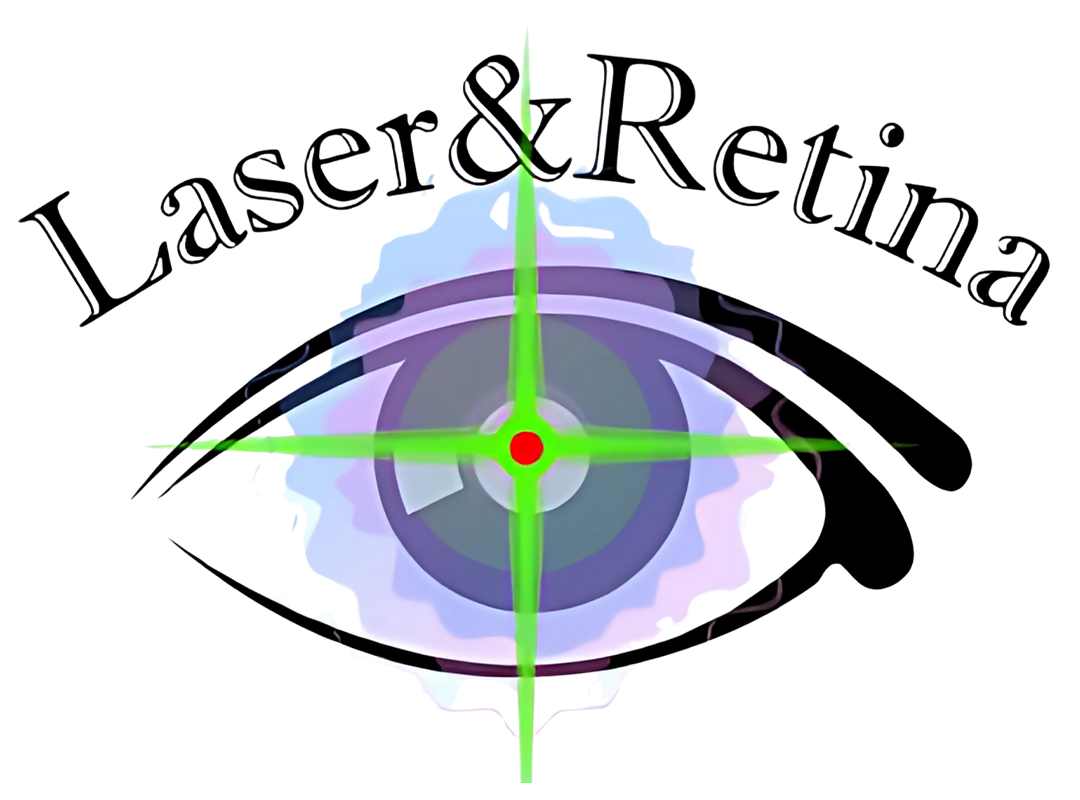Vitreo Retinal Surgery
Vitreo Retinal Surgery
Vitreo-retinal surgery refers to a group of delicate procedures used to treat diseases of the retina and vitreous — the light-sensitive tissue at the back of your eye and the clear gel that fills the eye.
These surgeries are often done using a microscope and fine instruments, sometimes through tiny sutureless incisions, to restore or preserve vision.
Why Are Vitreo-Retinal Surgeries Done?
You may need one if you have:
- Retinal detachment – retina peels away from the back wall of the eye
- Macular hole – small break in the center of the retina
- Epiretinal membrane (macular pucker) – scar tissue causing visual distortion
- Vitreous hemorrhage – bleeding in the eye
- Diabetic retinopathy – advanced stage with bleeding or traction
- Intraocular foreign body or ocular trauma
- Complicated cataract surgery with dropped lens
- Retained silicone oil removal
Retinal Care
Common Vitreo-Retinal Procedures
1. Pars Plana Vitrectomy (PPV)
The most common retinal surgery where the vitreous gel is removed and replaced with fluid, gas, or oil.
2. Scleral Buckling
A silicone band is placed around the eye to repair certain types of retinal detachments.
3. Laser Photocoagulation
Used to seal retinal tears or leaking blood vessels using precise laser burns.
4. Intravitreal Injections
For conditions like macular degeneration or diabetic macular edema – medications are injected into the eye.
What to Expect Before and After Surgery
Before Surgery:
- Detailed eye scans (OCT, B-scan, fundus exam)
- Discuss risks, benefits, and anesthesia options
- Fasting may be required (especially for general anesthesia)
During Surgery:
- Typically done as day-care surgery
- May be done under local or general anesthesia
- Surgery takes 30 minutes to 2 hours, depending on complexity
After Surgery:
- Eye will be patched and may feel sore or gritty
- You may need to use antibiotic and steroid eye drops
- If a gas bubble is placed inside the eye, you’ll need face-down positioning
- Vision may take days to weeks to improve, depending on the condition
Recovery and Follow-Up
- Avoid heavy lifting or bending over
- Do not travel by airplane if a gas bubble is in the eye
- Regular follow-ups are needed to monitor healing
- Full recovery may take 4 to 8 weeks
Frequently Asked Questions
It depends on the condition. In many cases, vision improves, though it may not return to 100%.
No, the surgery is done under anesthesia. You may have mild discomfort after.
Retinal surgeries are generally safe and effective, but like all surgeries, there are risks like infection, cataract formation, or recurrence.
Most people return to routine work in 2–4 weeks, depending on the surgery type.
Patient Guide Download
Want to read more? Download this trusted guide from the National Eye Institute:
